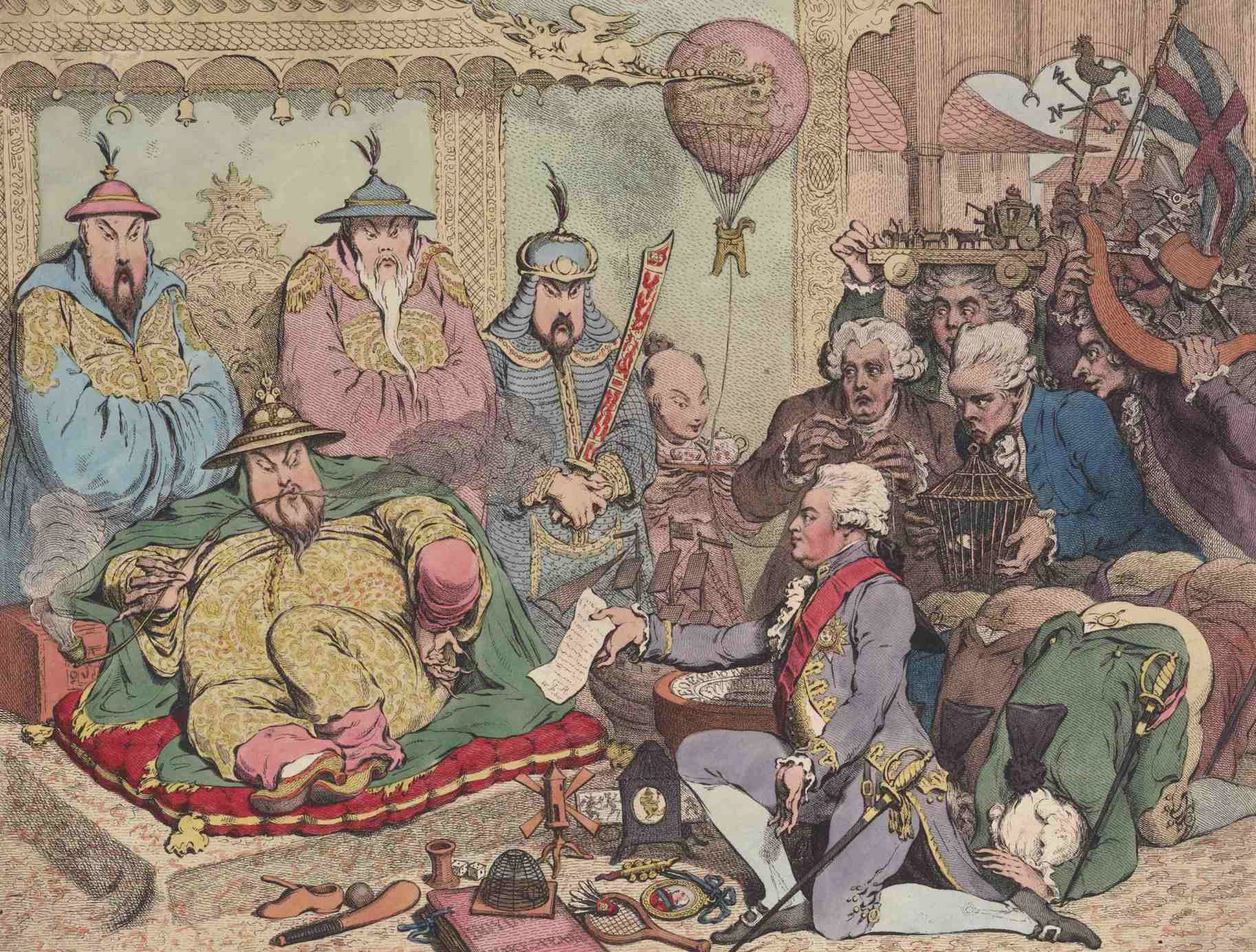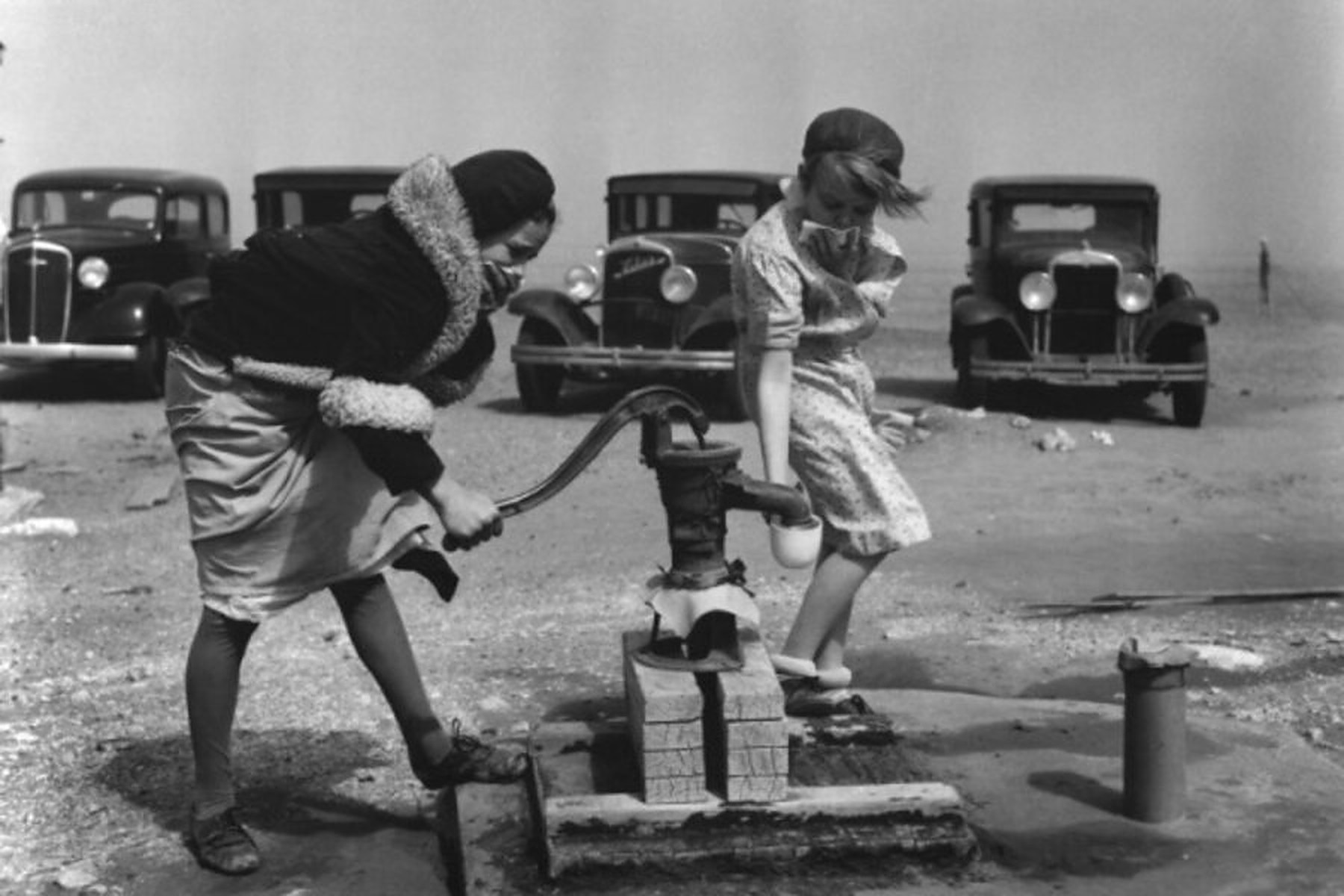
History is often portrayed as a noble pursuit, filled with tales of heroism, discovery, and progress. However, beneath the surface of the polished narratives lie numerous dark and dirty secrets that have shaped our world. In this article, we delve into 20 dirty history facts that shed light on the less savory aspects of our past. From scandalous affairs to gruesome practices, get ready to explore the hidden underbelly of history.
The Borgia Dynasty: A Family of Depravity
The Borgia family, notorious for their corrupt influence during the Renaissance, indulged in various immoral acts. Pope Alexander VI, a Borgia patriarch, reportedly held orgies in the Vatican and fathered several illegitimate children. This scandalous behavior tarnished the reputation of the Catholic Church.
The Salem Witch Trials: Mass Hysteria and Injustice
In the late 17th century, the small town of Salem, Massachusetts, was gripped by a frenzy of accusations and trials related to witchcraft. The Salem Witch Trials led to the execution of 20 people, primarily women, based on flimsy evidence and superstition, highlighting the dangers of mass hysteria and the abuse of power.
The Secret Love Affair of Queen Victoria and John Brown
Queen Victoria, the iconic ruler of the British Empire, had a scandalous love affair with her servant, John Brown, after the death of her husband, Prince Albert. This unconventional relationship caused significant controversy and raised eyebrows among the royal court and the public.
The Opium Wars: Britain’s Dark Trade
During the 19th century, Britain engaged in the infamous Opium Wars with China. The British East India Company flooded the Chinese market with opium, leading to widespread addiction and social devastation. The wars were fought to protect Britain’s opium trade, highlighting the dark side of colonialism.

The Tuskegee Syphilis Study: Unethical Medical Experimentation
In a shocking display of medical malpractice, the United States Public Health Service conducted a study on African American men in Tuskegee, Alabama, from 1932 to 1972. The study, known as the Tuskegee Syphilis Study, withheld proper treatment for syphilis to observe the progression of the disease, causing immense harm to the participants and their families.
The Reign of Terror: Bloodshed in the French Revolution
The French Revolution brought about a period of intense political upheaval, culminating in the Reign of Terror. Led by Maximilien Robespierre, the Committee of Public Safety executed thousands of people, including King Louis XVI and Queen Marie Antoinette, through the use of the guillotine. This wave of violence stained the revolutionary ideals with blood.
The Japanese Unit 731: Human Experimentation
During World War II, the Japanese Imperial Army operated Unit 731, a covert biological and chemical warfare research facility. The scientists conducted horrific experiments on prisoners of war, including vivisection and intentional infection, causing immense suffering and death.
The Spanish Inquisition: Religious Persecution and Torture
The Spanish Inquisition, established in the late 15th century, aimed to eradicate heresy and maintain Catholic orthodoxy. However, it became synonymous with brutal methods of interrogation, including torture, to extract confessions and punish those deemed heretics or witches.
The Rwandan Genocide: Ethnic Cleansing Unleashed
In 1994, Rwanda experienced one of the darkest chapters in its history. Over the course of 100 days, ethnic tensions between the Hutus and Tutsis escalated into a genocide, resulting in the mass murder of approximately 800,000 Tutsis. This brutal episode demonstrated the devastating consequences of hate and intolerance.
The Atlantic Slave Trade: Human Trafficking and Brutality
For over four centuries, the transatlantic slave trade forcibly transported millions of Africans to the Americas, where they were subjected to inhumane conditions, brutal treatment, and a lifetime of servitude. This abhorrent trade left an indelible mark on history and shaped the racial dynamics we still grapple with today.

The Roman Gladiator Games: Bloodsport for Entertainment
The gladiator games of ancient Rome captivated audiences with their displays of violence and bloodshed. Slaves and prisoners were forced to fight one another, often to the death, in arenas filled with spectators seeking entertainment from this gruesome spectacle.
The Holodomor: Stalin’s Man-Made Famine
In the early 1930s, Soviet leader Joseph Stalin orchestrated a man-made famine in Ukraine, known as the Holodomor. Through forced collectivization and confiscation of grain, millions of Ukrainians died from starvation as a result of Stalin’s policies, making it one of history’s most devastating acts of genocide by starvation.
The Salem Poor: The Forgotten Hero of Bunker Hill
Amidst the American Revolutionary War, Salem Poor, an African American soldier, demonstrated remarkable bravery during the Battle of Bunker Hill in 1775. Despite his heroism, Poor was denied recognition and reward due to racial prejudice, underscoring the injustices faced by marginalized communities throughout history.
The Nanking Massacre: Horrors of War
During the Second Sino-Japanese War in 1937, the Imperial Japanese Army committed unspeakable atrocities in the city of Nanking (now Nanjing), China. The Nanking Massacre witnessed the rape, murder, and brutalization of Chinese civilians and prisoners of war, leaving a scar on Sino-Japanese relations.
The Dust Bowl: Environmental Disaster
In the 1930s, a severe drought and poor farming practices led to the Dust Bowl in the Great Plains of the United States. Massive dust storms enveloped the region, causing widespread environmental devastation, displacement, and economic hardship for countless families.

The Trail of Tears: Forced Native American Removal
Under the Indian Removal Act of 1830, Native American tribes, including the Cherokee, were forcibly displaced from their ancestral lands in the southeastern United States. The resulting forced migration, known as the Trail of Tears, led to the deaths of thousands due to exposure, disease, and violence.
The Malleus Maleficarum: The Witch-Hunter’s Guide
During the European witch-hunting craze of the 15th to 17th centuries, the Malleus Maleficarum (The Hammer of Witches) was a treatise that provided a framework for identifying and prosecuting witches. This influential book fueled the hysteria and persecution of countless innocent people, primarily women, under the guise of eradicating witchcraft.
The Gulags: Soviet Forced Labor Camps
Under Stalin’s rule, the Soviet Union operated a vast system of forced labor camps known as the Gulags. Countless political dissidents, intellectuals, and ordinary citizens were sent to these brutal camps, where they faced harsh conditions, torture, and often death.
The Killing Fields of Cambodia: Khmer Rouge Regime
From 1975 to 1979, Cambodia was under the rule of the Khmer Rouge regime, led by Pol Pot. The regime’s radical policies caused the deaths of an estimated two million people through execution, forced labor, and starvation, leaving a haunting legacy in Cambodian history.
The Comfort Women: Sexual Slavery during World War II
During World War II, the Imperial Japanese Army established a system of sexual slavery, euphemistically known as “comfort women.” Tens of thousands of women from occupied territories, primarily from Korea, China, and the Philippines, were subjected to rape, sexual abuse, and inhumane conditions.
Conclusion
These 20 dirty history facts unveil the dark side of humanity’s past, reminding us that history is not always a tale of glory and progress. By confronting these uncomfortable truths, we can strive to learn from the mistakes of the past and create a better future.
Frequently Asked Questions (FAQ)
Why is it important to learn about the dirty aspects of history?
Learning about the dirty aspects of history helps us understand the complexities of human nature, the consequences of our actions, and the potential for both good and evil in society. It allows us to critically examine the past and learn from its mistakes, fostering a more informed and empathetic perspective.
Were there any consequences for those responsible for these dirty historical events?
Consequences varied depending on the event and the period. In some cases, perpetrators faced legal action, such as the Nuremberg Trials for Nazi war crimes. However, in many instances, accountability was lacking, and justice was not served fully. It is crucial to remember and acknowledge these events to prevent their repetition and promote accountability.
How does studying dirty history affect our present-day society?
Studying dirty history helps us recognize the potential for abuse of power, discrimination, and systemic injustices. By understanding the root causes and consequences of past atrocities, we can work towards building a more equitable and inclusive society, ensuring that history does not repeat itself.
Are there any efforts to address the legacies of these dark historical events?
Yes, various efforts exist to address the legacies of dark historical events. These include memorialization through museums, memorials, and educational initiatives. Additionally, truth and reconciliation commissions have been established in some countries to promote healing, justice, and dialogue surrounding past atrocities.
How can individuals contribute to preventing similar atrocities in the future?
Individuals can contribute by educating themselves and others about history, advocating for human rights, promoting tolerance and inclusivity, and engaging in critical thinking. By actively challenging prejudice, discrimination, and abuses of power, we can collectively work towards a more just and compassionate world.
Was this page helpful?
Our commitment to delivering trustworthy and engaging content is at the heart of what we do. Each fact on our site is contributed by real users like you, bringing a wealth of diverse insights and information. To ensure the highest standards of accuracy and reliability, our dedicated editors meticulously review each submission. This process guarantees that the facts we share are not only fascinating but also credible. Trust in our commitment to quality and authenticity as you explore and learn with us.
